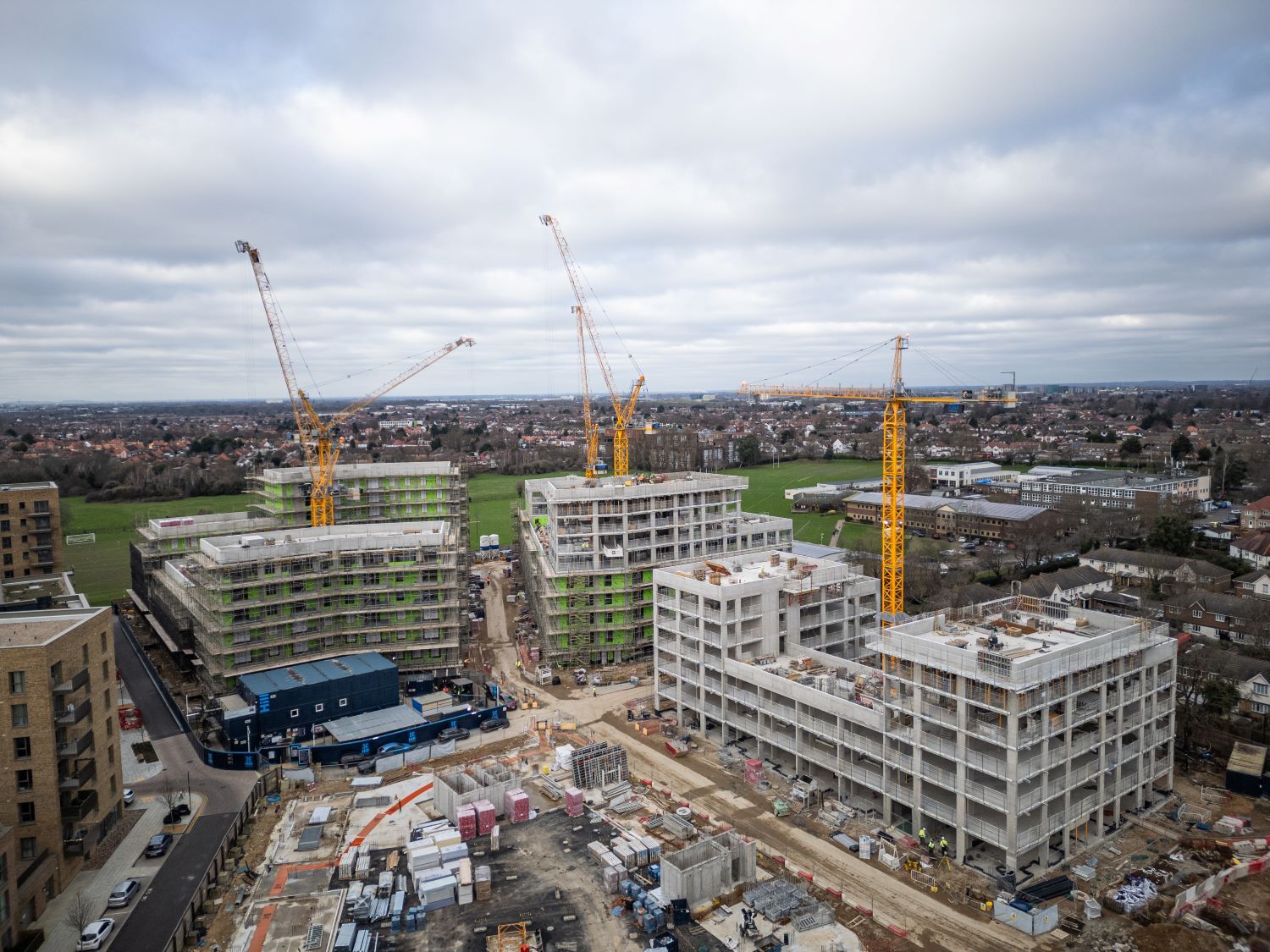Product selector
We offer suitable sensors for every possible situation. With the product selector it will be easy to select the product that best fits your requirements. When you have made your selection, you can find the product documentation and send us your request for quotation. If you can’t find a sensor that fits your needs, please don’t hesitate to contact us with your requirements.
Products

QG30-KI-010E-AI-K
30x30x15 mm
0,3° typ. (offset excluded)
No
2m PVC cable (std), PUR cable, other cable lenghts, M8
Plastic (std)
CE (std), UL, cTUVus
- Measuring: 30x30x15 mm
- Accuracy: 0,3° typ. (offset excluded)
- Centering: No
- Connection: 2m PVC cable (std), PUR cable, other cable lenghts, M8
- Housing: Plastic (std)
- Certification: CE (std), UL, cTUVus

QG30-KI-010E-AV-K
30x30x15 mm
0,3° typ. (offset excluded)
No
2m PVC cable (std), PUR cable, other cable lenghts, M8
Plastic (std)
CE (std), UL, cTUVus
- Measuring: 30x30x15 mm
- Accuracy: 0,3° typ. (offset excluded)
- Centering: No
- Connection: 2m PVC cable (std), PUR cable, other cable lenghts, M8
- Housing: Plastic (std)
- Certification: CE (std), UL, cTUVus

QG30-KI-010E-AV-K-5V
30x30x15 mm
0,3° typ. (offset excluded)
No
2m PVC cable (std), PUR cable, other cable lenghts, M8
Plastic (std)
CE (std), UL, cTUVus
- Measuring: 30x30x15 mm
- Accuracy: 0,3° typ. (offset excluded)
- Centering: No
- Connection: 2m PVC cable (std), PUR cable, other cable lenghts, M8
- Housing: Plastic (std)
- Certification: CE (std), UL, cTUVus

QG30-KI-030E-AI-K
30x30x15 mm
0,6° typ. (offset excluded)
No
2m PVC cable (std), PUR cable, other cable lenghts, M8
Plastic (std)
CE (std), UL, cTUVus
- Measuring: 30x30x15 mm
- Accuracy: 0,6° typ. (offset excluded)
- Centering: No
- Connection: 2m PVC cable (std), PUR cable, other cable lenghts, M8
- Housing: Plastic (std)
- Certification: CE (std), UL, cTUVus

QG30-KI-030E-AV-K
30x30x15 mm
0,6° typ. (offset excluded)
No
2m PVC cable (std), PUR cable, other cable lenghts, M8
Plastic (std)
CE (std), UL, cTUVus
- Measuring: 30x30x15 mm
- Accuracy: 0,6° typ. (offset excluded)
- Centering: No
- Connection: 2m PVC cable (std), PUR cable, other cable lenghts, M8
- Housing: Plastic (std)
- Certification: CE (std), UL, cTUVus

QG30-KI-030E-AV-K-5V
30x30x15 mm
0,6° typ. (offset excluded)
No
2m PVC cable (std), PUR cable, other cable lenghts, M8
Plastic (std)
CE (std), UL, cTUVus
- Measuring: 30x30x15 mm
- Accuracy: 0,6° typ. (offset excluded)
- Centering: No
- Connection: 2m PVC cable (std), PUR cable, other cable lenghts, M8
- Housing: Plastic (std)
- Certification: CE (std), UL, cTUVus

QG30-KI-090E-AI-K
30x30x15 mm
0,9° typ. (offset excluded) (-45°…+45°)
No
2m PVC cable (std), PUR cable, other cable lenghts, M8
Plastic (std)
CE (std), UL, cTUVus
- Measuring: 30x30x15 mm
- Accuracy: 0,9° typ. (offset excluded) (-45°…+45°)
- Centering: No
- Connection: 2m PVC cable (std), PUR cable, other cable lenghts, M8
- Housing: Plastic (std)
- Certification: CE (std), UL, cTUVus

QG30-KI-090E-AV-K
30x30x15 mm
0,9° typ. (offset excluded) (-45°…+45°)
No
2m PVC cable (std), PUR cable, other cable lenghts, M8
Plastic (std)
CE (std), UL, cTUVus
- Measuring: 30x30x15 mm
- Accuracy: 0,9° typ. (offset excluded) (-45°…+45°)
- Centering: No
- Connection: 2m PVC cable (std), PUR cable, other cable lenghts, M8
- Housing: Plastic (std)
- Certification: CE (std), UL, cTUVus

QG30-KI-090E-AV-K-5V
30x30x15 mm
0,9° typ. (offset excluded) (-45°…+45°)
No
2m PVC cable (std), PUR cable, other cable lenghts, M8
Plastic (std)
CE (std), UL, cTUVus
- Measuring: 30x30x15 mm
- Accuracy: 0,9° typ. (offset excluded) (-45°…+45°)
- Centering: No
- Connection: 2m PVC cable (std), PUR cable, other cable lenghts, M8
- Housing: Plastic (std)
- Certification: CE (std), UL, cTUVus
Insights
Distributors News
Update: DIStributors Meeting 2026 postponed
We regret to inform you that the DIStributors Meeting scheduled for this year will unfortunately not take place. The reason for this decision is that our Sales Director and owner, Pim, is undergoing cancer treatment over the coming six months...
Read moreDistributors News
Indumation 2026
DIS Sensors will be co-hosting at Indumation from 4-6 February in Kortrijk Xpo (Belgium). Feel free to visit us!
Read more
Blogs
Fortop UK and Falcon launch retrofit solution with DIS tilt switch for enhanced crane safety
The demand for smart and safe equipment continues to grow within the construction sector, especially in densely built urban areas where tower cranes and other machinery often operate in close proximity. How do you improve safety in these environments, and...
Read moreContact
Is your product not listed or would you like more information? Our team is ready to assist you! To get in touch, please fill out the form below and we’ll get back to you as soon as possible.